This week’s newsletter is the first part of what ended up being an accidental trilogy of stories about the terrible suffering that millions are enduring across America right now, and what a viable path forward—figuratively and literally—could look like.
This week’s newsletter is different than any other I’ve written. While I still hope to get you outside and poking around, this is about as topical and “of the moment” as Mind The Moss gets. Because this week signals the escalation of a nationwide emergency.
Some will insist otherwise, but I think it’s safe to say that if any of us found ourselves living with violence—from the state, a paramilitary group, or a household member—we would try to go someplace else. And if our lives were at risk in that moment, then our priority would be resettling in a less violent place as fast as possible; even if it meant relocating to another place in a manner that didn’t tick all of the legal boxes. Again, a lot of Americans insist that they would follow all of the rules, if they lived abroad and were squeezed by circumstances dangerous enough to necessitate immigrating to America. I have a hard time believing these people. Especially the ones who have kids.
Nonetheless, the misinformed idea that there’s a correct and reasonable way to move to the US—and the notion that it’s fine to kick out anyone who doesn’t migrate that way—has infectious allure in America. It’s one of the reasons why Donald Trump won the presidential election, after running a campaign in which he slandered undocumented immigrants as “animals” and “not human.” It appears to be an obsession for Stephen Miller, the White House policy advisor who dreamed up the family separation policies that we saw during Trump’s first term. Miller has been the driving force behind Trump’s mass deportation agenda and back in late May, he ordered Immigration and Customs Enforcement (ICE) officials to crack down more aggressively and indiscriminately in communities where immigrants are living and working. Specifically in Los Angeles.
As you’ve probably read and heard over this past week, LA residents have been taking to the streets to protest the worsening sweeps by ICE officers—one of which targeted a Home Depot where day laborers and contractors often coalesced. Having lived in LA during my 20s and having seen how LA often responds when groups of Angelenos are abused or stripped of rights (ex: the temporary clawback of same-sex marriage rights in 2008, when conservative voters passed Proposition 8) these protests are a familiar and affirming thing to witness. Where Trump’s homeland security director Kristi Noem sees “a city of criminals,” I see and recognize a world class city where people show up for each other when it counts. By taking to the streets to confront ICE officials and the federalized National Guardsmen who’ve been sent to quell the protests, Angelenos are invoking the centuries-old tradition of using our walkable spaces as a forum for public expression. But there’s another important reason why walking LA’s streets, as a means of protest, is an especially fitting way to push back against these mass deportations.
When the state targets someone as an “illegal” resident, subject to be torn out of their community and dumped into another country or even a foreign prison, they effectively lose their freedom of movement; their right to go for a walk to the grocery store or the park without risking their life. And so, the protesters spilling out into LA’s streets and open spaces are doing something that a widening number of LA residents cannot do.
As far back as January, immigrants in communities across the U.S. were retreating from public life and basically going into hiding. Church attendances declined. Small businesses like hair salons saw fewer customers walking through the door. Migrant parents kept their children home from school, fearing what might happen if federal officials showed up there—a fear that was horrifically vindicated in April when the Trump administration deported a 4 year-old child undergoing treatment for Stage 4 cancer, along with their mother. An administration capable of doing something like that and defending the action when criticized is not going to toe any kind of ethical line at the entrance to a kindergarten classroom or a cafeteria. And so, as the raids and deportations escalate, many parents and children have been sheltering in place.
If the phrase “sheltering in place” evokes something vaguely visceral inside you, that’s most likely because the closest many Americans have come to experiencing the terror and confinement of being an undocumented immigrant in 2025 was the first year of the COVID-19 pandemic. The stay-at-home orders that were enforced in those deadly pre-vaccine months impacted most Americans’ freedom of mobility. It wasn’t anything close to what migrants are suffering right now—we could still go out for walks to see local friends, patronize businesses that were still open, and clear our heads in forests, wetlands, and gardens. I did a tremendous amount of walking that March and April, to such an extent that I actually managed to hike every single path in the Middlesex Fells Reservation (a hulking woodland on the northwest side of Boston.) Nonetheless, the travel and mobility restrictions that were in place, such as the cross-state travel limits, required a lot of Americans to make some mental adjustments. And some of us never really adjusted to these rules. The pandemic fucked up our heads in too many ways to count. Temporarily losing the right to take a last minute road trip up to Vermont or hit some sports bars on a Saturday night undoubtedly pushed many of us over the edge; to the point where some grew more impressionable to xenophobic rhetoric and logic.
So I can only imagine the anxiety and spiraling anguish that must happen when you’re forced into hiding at a time like this; a time when supportive bonds of community are so important for our individual and collective mental health. And because I spend one day each week writing a newsletter that touches on the many physiological and social benefits of walking—of being out in the world on foot and crossing paths with others, whether you’re in the streets or out on the trails—I can’t hide or dance around the fact that what’s currently being inflicted upon immigrant communities repulses me. And I can’t really think of anything else to do, on this particular week, beyond expressing it.
As I watched the protests in LA and contemplated the final spark that ignited them, I thought of the children traumatized by seeing ICE agents smash the windows of their car and wrestle their parents out onto the curb. I thought of the group of Venezuelan men who were frog-marched into El Salvador’s CECOT “mega-prison”; a facility that sounds more like a fluorescent-lit death camp, in a functional sense. I thought about how the Trump adminstration proudly shared footage of the men having their heads shaved by prison guards. I thought about my colleagues who are not U.S. citizens and of my undocumented neighbors whom I haven’t met, wondering if they could be next.
I hope all of this repulses you too. And I hope that the protests happening in LA and now spreading to other cities are a crystal clear announcement that it’s time to get angry, and to take that anger to places where we can still be out in the world on foot.
That looks different for each of us. For you, it might be taking part in one of the ICE protests. It could mean attending a vigil, a rally, or another form of gathering in a real place where people treat each other like real human beings. Or it may simply look like getting out into your community a lot more often and engaging with what’s out there.
Whatever it looks like, get out there and be part of the world. Be part of the landscape. And let it shape or nurture your vision for a future in which human dignity is honored.
The act of protesting is becoming more dangerous these days—particularly the act of protesting Trump’s stupid military parade, for which he threatened DC dissenters with a “very big force” For WIRED, Louryn Strampe, Lauren Goode, and Boone Ashworth co-wrote this excellent guide on how to go to a protest and stay relatively safe. The guide goes much farther and deeper than the standard texts on this subject. This article not only covers your legal rights, but also how to avoid the scenarios in which you have to assert them. It walks you through packing the right gear, keeping a close eye on your surroundings, and listening to your gut if things get heated. WIRED’s guide is not only an instructive thing to read right now, but it also might help you determine whether the exposure of going to one of the ICE protests is something you can take on. If the risk factors feel too high for you, there’s no shame in that! You could still pass the guide along to other friends or family members who might be able to attend. And you can amplify the protests through your social media channels. The more these photos and videos of the ICE protests appear in online spaces, with words of solidarity, the better.
Finally, I would like to acknowledge the likelihood that some might take issue with the lack of nuance in this week’s newsletter, on the issue of immigration policy in America. There will be a time for nuanced discourse about how immigration law in this country should work. Now is not that time. Thousands of our neighbors are being brutalized by the state. Communities are being ripped apart by an administration whose views on immigration are devoid of nuance or humanity. I look forward to a day when we can hash out the more granular aspects of how we ought to live together, going forward.
But today, we are on a battleground; not a debate stage. The protests in LA and other cities signal a widening recognition of this fact. So as they say in Canada, elbows up!


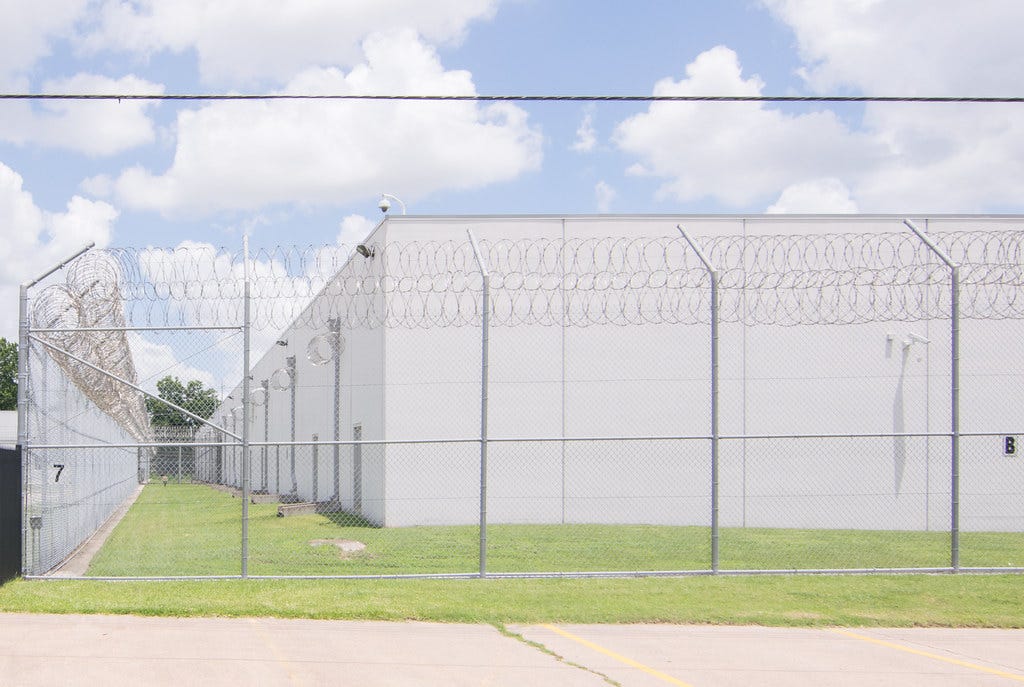
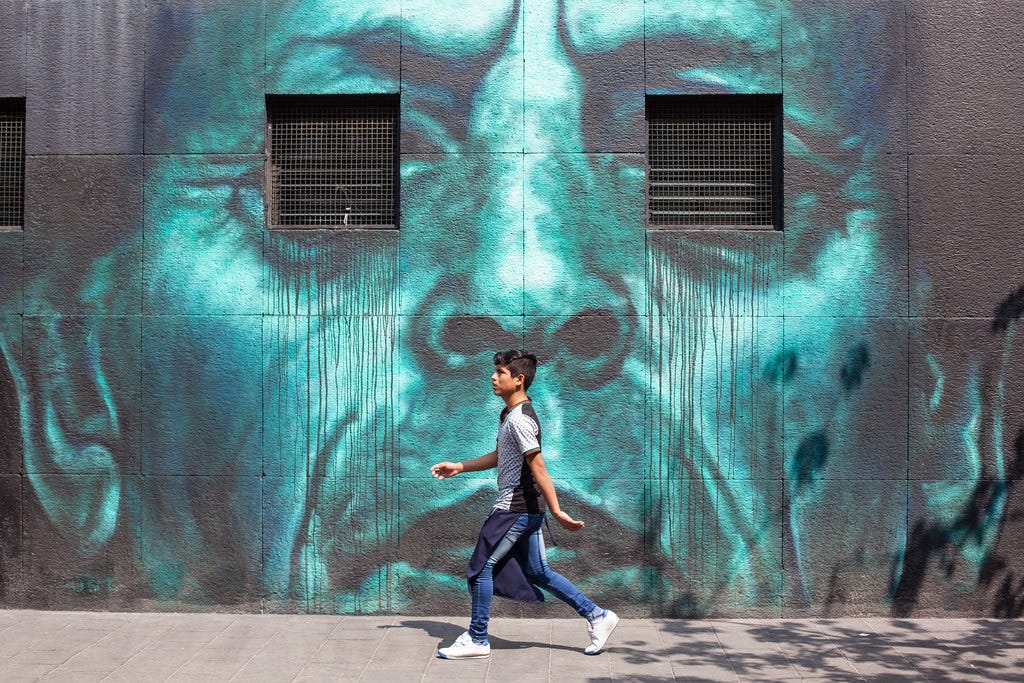
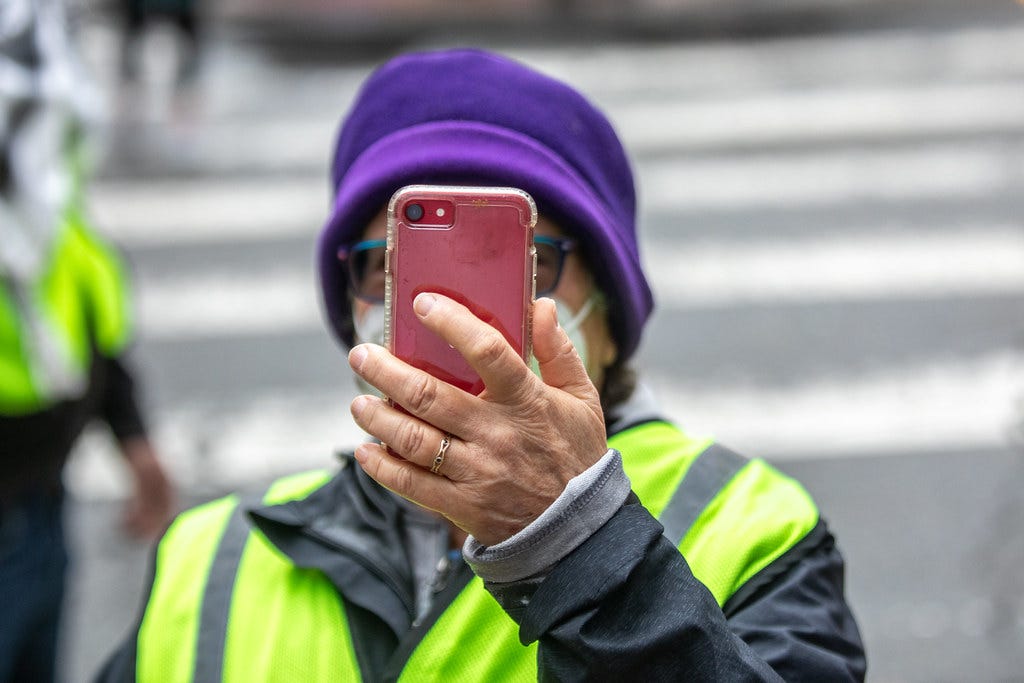
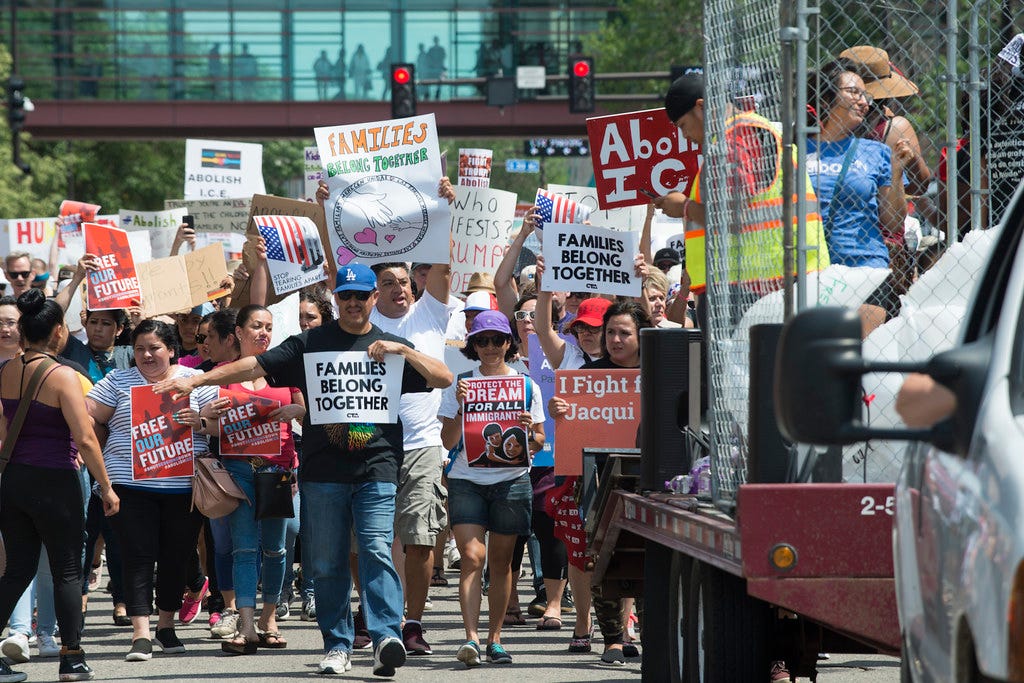
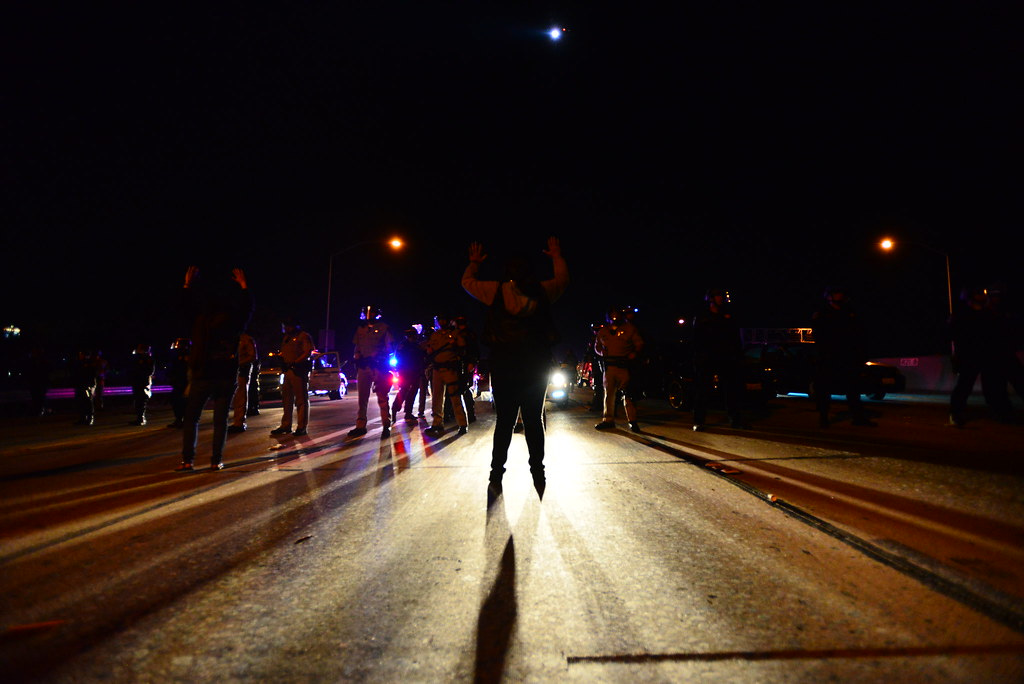
You’re right to address this. There is no normal discourse any more — we all have to use every opportunity to resist the authoritarian coup that is destroying our country.
Much appreciated. Upgraded.